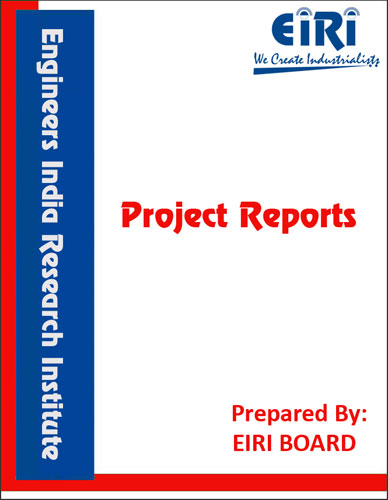Alloy Wheels Manufacturing Plant
The project report includes Present Market Position and Expected Future Demand, Market Size, Statistics, Trends, SWOT Analysis and Forecasts. Report provides a comprehensive analysis from industry covering detailed reporting and evaluates the position of the industry by providing insights to the SWOT analysis of the industry.
We can prepare PROJECT REPORT as per your INVESTMENT PLAN for BANK LOAN REQUIREMENT and INDUSTRY ANALYSIS. All reports are prepared by highly qualified consultants and verified by a panel of experts.
Have Query? Click Here to Chat
Industry Expert is Online, Chat with him for more detail.

The wheel is a mechanical device, which provides rotary motion by means of a disk or circular frame revolving on an axis. The steel wheel can be used in heavy load and traction services. The size and contour of a specific wheel design is based on the load it must carry and the space limitations of the equipment on which it is used. The contour of the wheel is normally composed compose of five parts: the hub, plate, rim, tread and flange. Classifications based on the service to which the wheels are applied are defined as: 1. Industrial car wheels for use on various cars such as those used in mining, railroads and transfer cars; 2. Crane truck wheels, for use in traveling, gantry, bridge cranes and floor-type changing and drawing machines; 3. Railroad freight car wheels, used according to their capacity and application, and 4. Heavy duty wheels, for use under railroad and electric railway cars, rapid transit passenger cars and locomotives. Most wheels for railway or industrial services are manufactured either by forming a solid block of metal by a sequence of hot forging and rolling operation, or by casting them directly from liquid metal into their final shapes. Mechanically speaking, steel castings are considered inferior to hot forging and rolling products. The casting of steel is, however, the most direct method of producing a given shape. For this reason, this method provides the basis for a key industry. in boiling water. A 1.5% solution is clear and when it is cooled to 34-43°C it forms a firm gel which does not melt again below 85°C. It is a mixture of polysaccharides whose basic monomer is galactose. These polysaccharides can be sulphated in very variable degrees but to a lesser degree than in carrageenan. For this reason the ash content is below those of carrageenan, furcelleran (Danish agar) and others. A 5% maximum ash content is acceptable for agar although it is normally maintained between 2.5-4%.
Project Report Covers:
Introduction
Uses and Applications
Properties
Market Survey with future aspects
Present Manufacturers
B.I.S. Specifications
Manufacturing Process with Formulae
Cost Economics with Profitability Analysis
Capacity
Land & Building Requirements with Rates
List & Details of Plant and Machinery with their Costs
Raw Materials
Details/List and Costs
Power & Water Requirements
Labour/Staff Requirements
Utilities and Overheads
Total Capital Investment
Turnover
Cost of Production
Break Even Point
Profitability
Land Man Ratio
Suppliers of Plant & Machineries and Raw Materials.



